
Royal Rajasthan


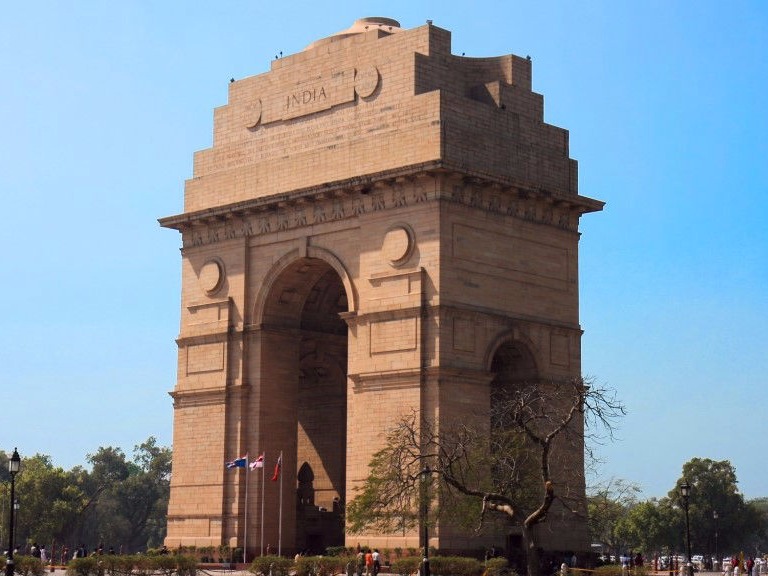
Arrive Delhi by an international flight. After clearing immigration and customs formalities you are met by a representative from First Tours India and transferred to the Taj Mahal Hotel, located in the lush green environs of Lutyens Delhi. The capital of India, Delhi is its third largest city with a population of about 16 million. Its strategic location has given it a focal position in Indian history and many great empires have ruled from here. The monuments and ruins of these are scattered throughout the city, often cheek by jowl with modern structures and high-rise towers.
Taj Mahal, New Delhi

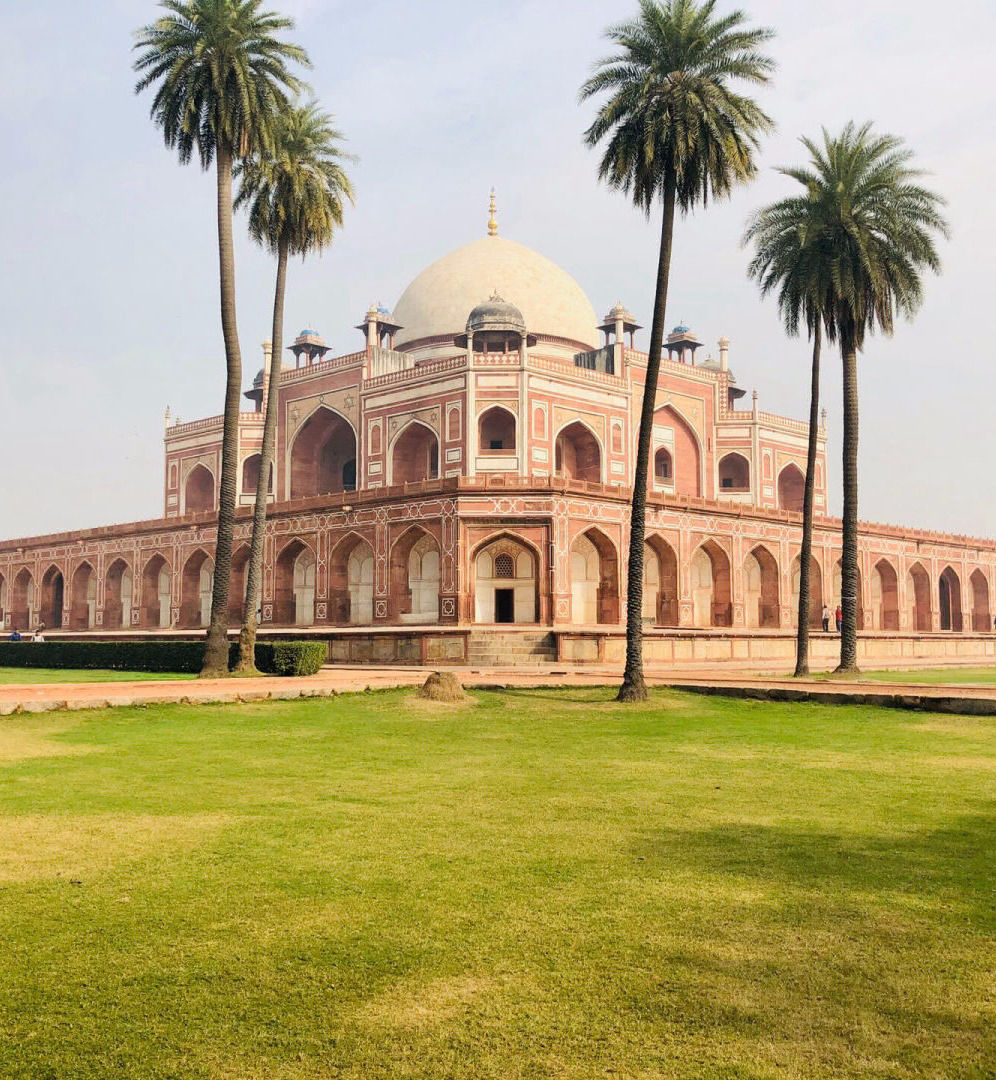
Enjoy touring of Old Delhi visiting the Red Fort (1639-1648) which reflects the grand but stultifying court etiquette of Shah Jahan. Enjoy a bicycle rickshaw ride to India's largest mosque Jami Masjid, the spiritual centre of Shahjahanabad. At this red sandstone mosque with bold marble carvings and intricate calligraphic inlay, the faithful stream in and out from the surrounding bazaars. Return to the hotel en route visiting Gandhi Memorial at Raj Ghat. This afternoon visit one of Delhi's most famous landmarks, the fluted red sandstone tower of Qutb Minar. Started in 1199, the tower tapers upwards from the ruins, covered with intricate carvings and deeply inscribed verses. Continue on to the 1564 Humayun's Tomb – the most arresting example of the synthesis of two of the great building styles of Asia – the Persian and the Indian. Humayun's red sandstone and marble tomb follow the octagonal form of the Delhi sultans' tombs with high central arches, fine proportions and incorporates the first "four-garden" that set the pattern for later Mughal memorials. Also explore the most grandiose and elegant Victorian section of New Delhi which contains the majestic government buildings conceived by Sir Edwin Lutyens and assisted by Herbert Baker.

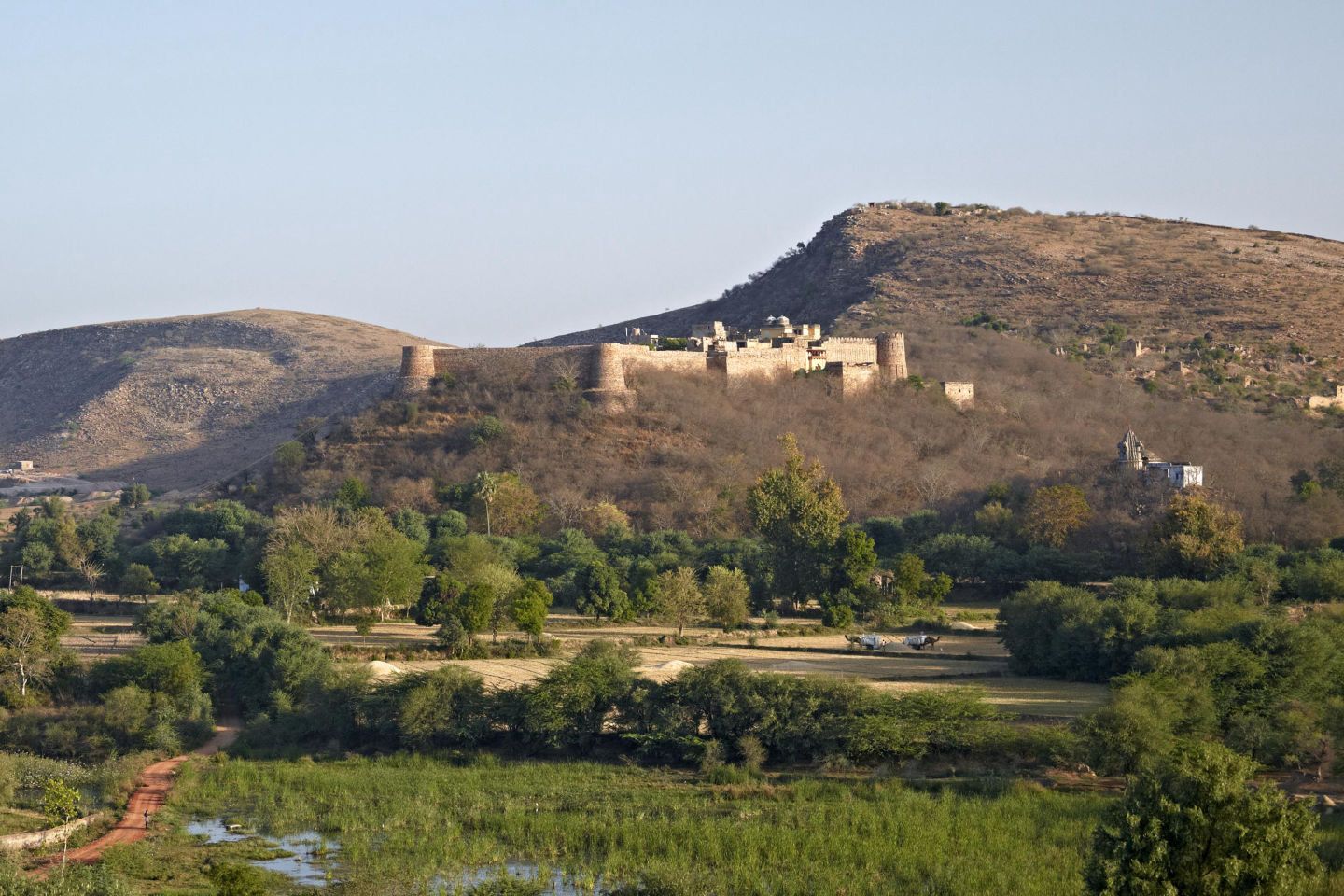
This morning enjoy a train journey to Gangapur. Arrive Gangapur and drive to Ramathra Fort lying between two of India's internationally famous wildlife reserves, Keoladeo Ghana Bird Sanctuary in Bharatpur and Ranthambhore Tiger Reserve in Sawai Madhopur. The Fort has a strong perimeter wall crowned with parapets and wide ramparts that offer a spectacular view from the hilltop. Inside the fort there is a multi-storey palace, parts of which are being restored using traditional techniques and local crafts people. Stone lattices and painted ceiling ornament the otherwise simple facilities.
Ramathra Fort

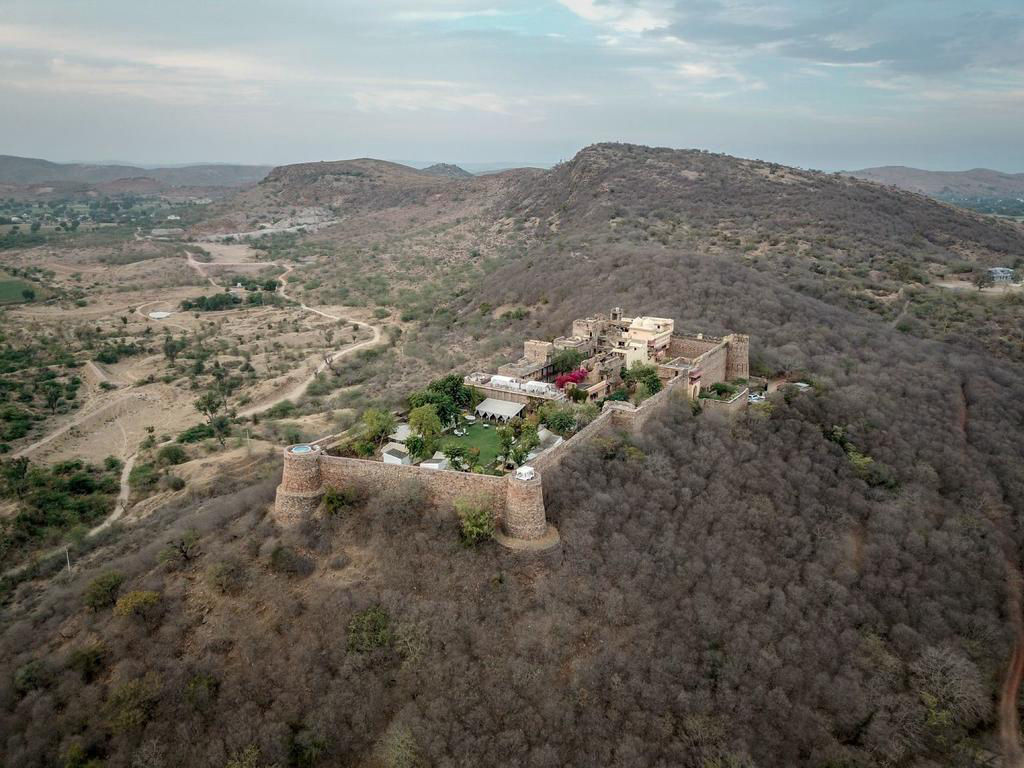
Ramathra is part of a green farming belt in Kalisil River valley and the fort has a commanding view of the countryside. It was granted as a jagir (fiefdom) in 1645 AD to Thakur Bhoj Pal by his father, the Maharaja of Karauli. Today Ramathra Fort belongs to Thakur Brijendra Raj Pal and his family has opened their treasured ancestral home to host guests from all over the world. The day is available to indulge in the fort's tranquil atmosphere, take a leisurely stroll along the lake and explore the spectacular gorges and natural scenery of the surrounding area. Enjoy a walking tour of Ramathra village, a small hamlet of farmers and herders and observe villagers tending to their crops and animals. In the evening enjoy a spectacular sunset from a private terrace to the sound of cows coming home.

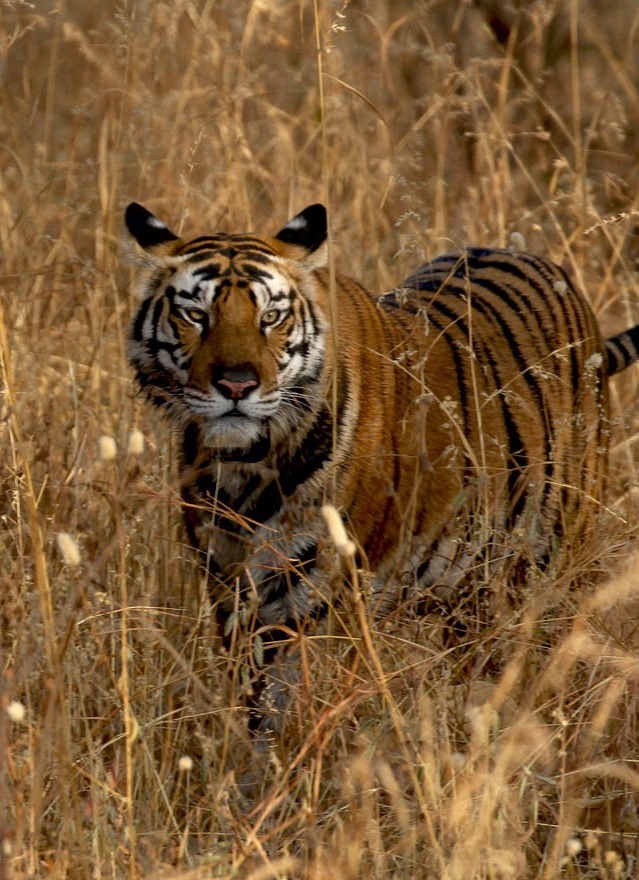
After breakfast drive 50 miles through scenic countryside to Ranthambhore National Park. On arrival, check-in to the 80 years old hunting lodge of the erstwhile Maharaja of Jaipur, Vivanta Sawai Madhopur Lodge. Tents were once pitched on the vast grounds of this hunting lodge and the royal family camped here often. Not much has changed. The original art deco styled lodge still houses the original dining hall, bar and lounge. The veranda added later also remains with all its grand style. Ranthambhore National Park lies in the shadow of the Aravali mountain range and covers a core area of 150 sq miles. Its razor-sharp ridges, deep boulder-filled gorges, lakes and jungles are the habitat of carnivores such as the caracal, panther, jackal, hyena, numerous species of deer, and a rich variety of resident and migratory birds. The most famous resident, however, is the endangered tiger. The tenth century Ranthambhore fort, one of India's largest and most beautiful forts stand majestically in the heart of the jungle. Ruins of Rajput and Mughal cenotaphs, pleasure palaces, observation towers and guard posts are dotted around the park, standing testament to its royal and historic past. In the late afternoon enjoy wildlife safari to the national park for game viewing.
Vivanta Sawai Madhopur Lodge

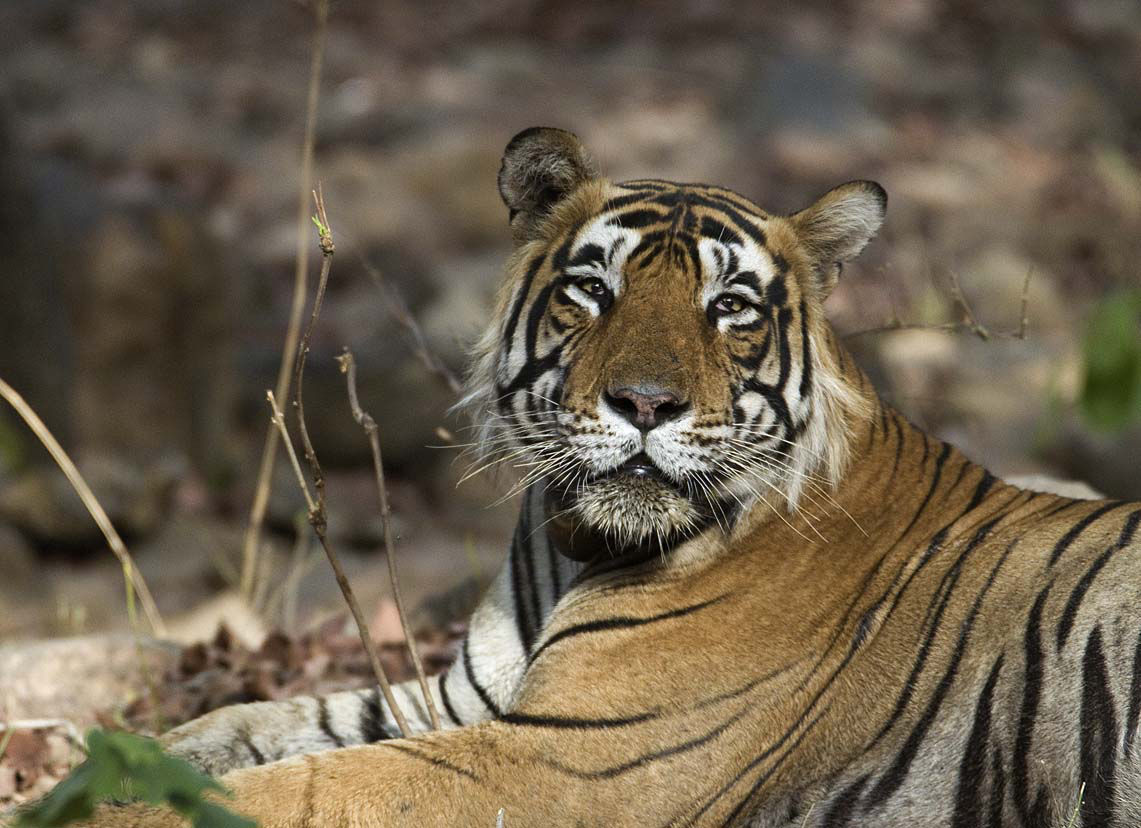
In the early morning and in the late afternoon enjoy wildlife safaris to the national park for game viewing. During the day you may relax in the cool waters of the pool with a drink or enjoy a swim whilst taking-in lovely views of the surrounding areas or simply rest amidst in the sounds of the forest. You may also explore the 8th century Ranthambhore fort and its quaint pavilions, palaces and chhatris. In the evening enjoy a traditional Indian dinner around the warm glow of the camp fire.


Travel 90 miles to Kota located along the eastern bank of the Chambal River. Impressive forts, opulent palaces and splendid temples dating back over several centuries retain the glory of Kota. Visit Kota's fortified City Palace which dates back to 1625 and stretches along the banks of river Chambal. The artistic heritage of Kota is well represented in the palace apartments. Exhibits here include miniatures from Kota's school of painting, decorated weapons, solid silver artifacts and photographs of viceroys, maharajas, polo teams that record the extravagance of royalty. After sightseeing proceed to Bundi and check-in to the 200 years old Haveli Braj Bhushanjee. This Haveli belongs to Bohara Braj Bhushanjee family who gave Bundi as many as four Prime Ministers in the 19th century. The authentic and cosy atmosphere of this Haveli
offers a great opportunity for travelers to feel traditional lifestyle of bygone era of this region where past still lives on.
Haveli Braj Bhushanjee

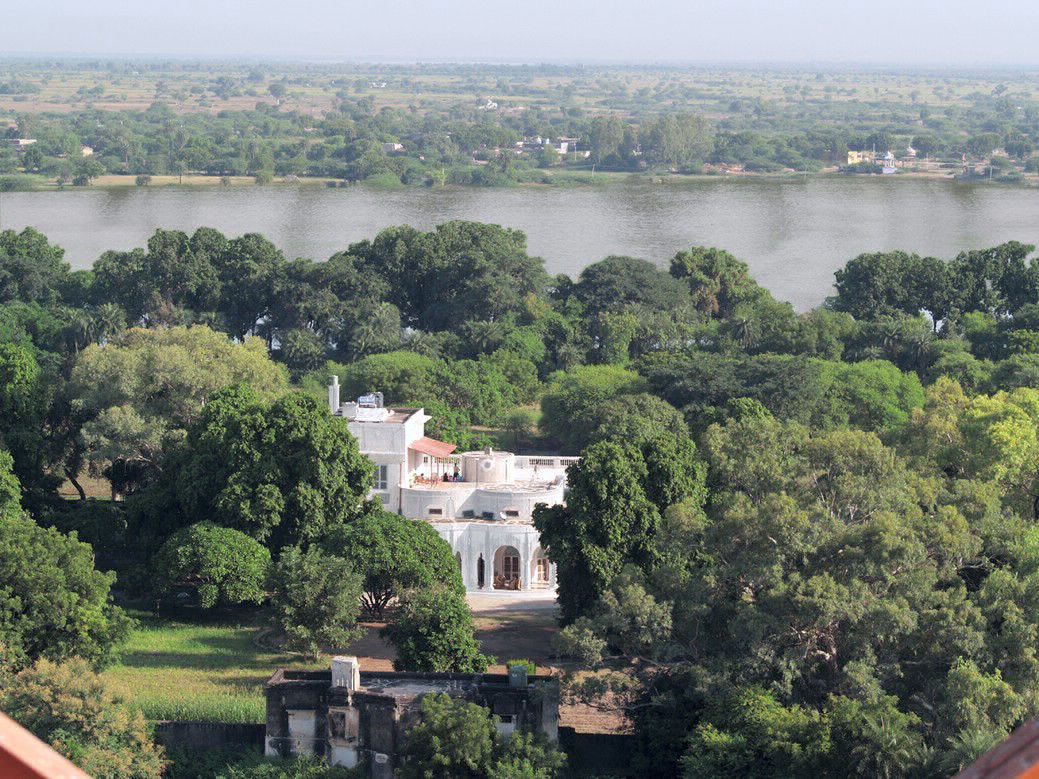
Bundi is often described as the undiscovered jewel of Rajasthan. Surrounded on three sides by the rugged, thickly forested hills, this walled city has retained mush of its historic characters. In the morning visit Taragarh Fort or "star fort", Bundi palace and Raniji-ki-Baoli, the most spectacular step-well of Rajasthan built in 1699. In the afternoon drive 67 miles to Shahpura and check-in to Shahpura Bagh. Set amid a sprawling 45 acres of lush landscaped gardens and surrounded by two lakes, Shahpura Bagh is resplendent with Neem, Ashoka, Peepul and Mango trees. Shahpura has a long standing tradition of hospitality. Over the decades, travelers have been welcome to stop and refresh themselves here. In the evening enjoy a drink around a crackling fire or partake in conversation with interesting guests in the formal dining room.
Shahpura Bagh

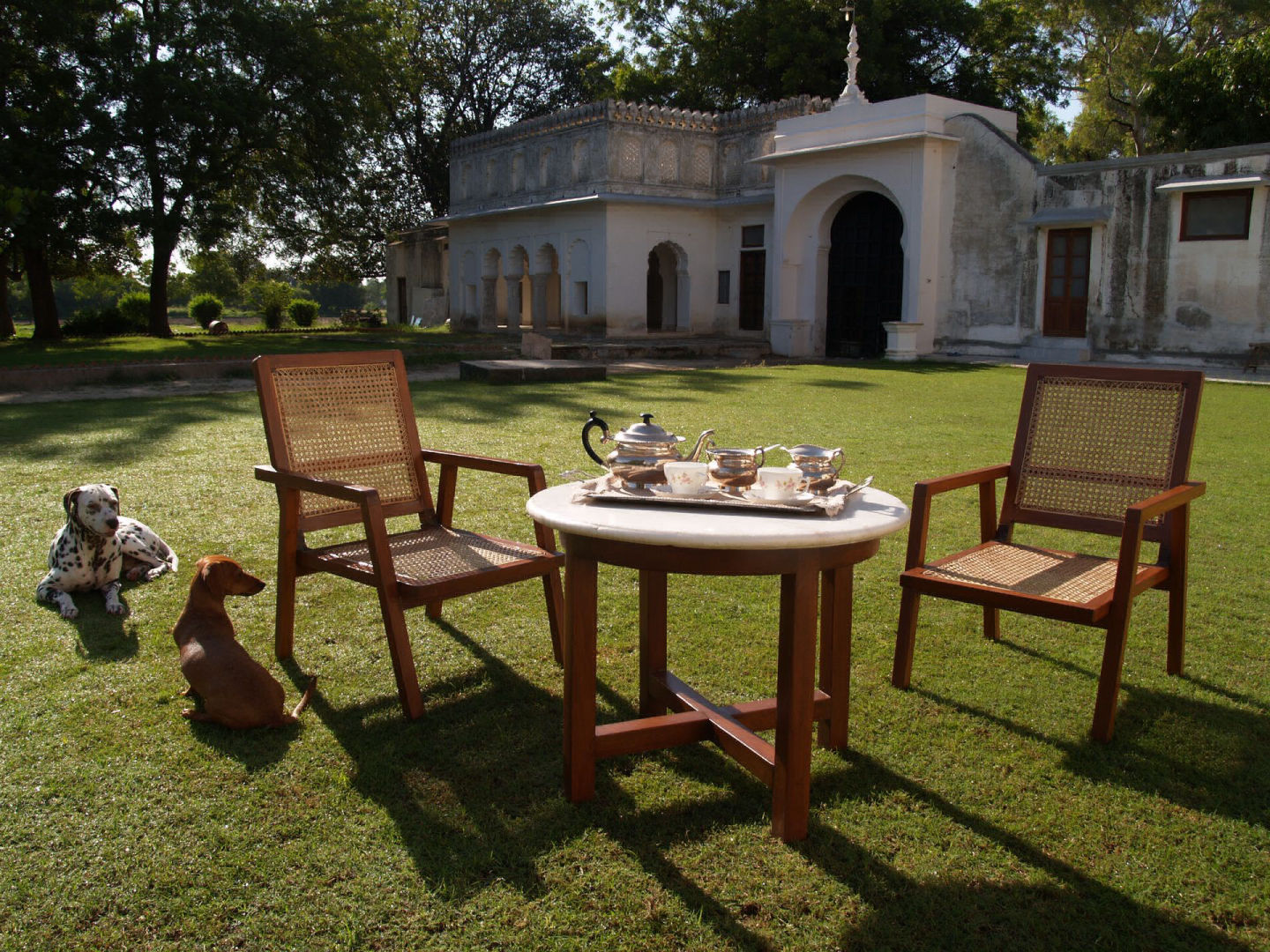
The experience at Shahpura Bagh goes well beyond just staying at one of the most amazing properties in Rajasthan. You are treated as a friend by your hosts, the present Raja and his family who live in the garden retreat and who are happier to entertain and swap tales with their guests. Today enjoy a trip in to Shahpura and explore its rich multi-cultural vibrancy and fascinating arts and crafts tradition. You may wish to take an excursion to the neighboring Dhikhola Fort and its rustic village or opt for a trip to the host's 140 acres orchard farm and relax in the shade of century old trees.

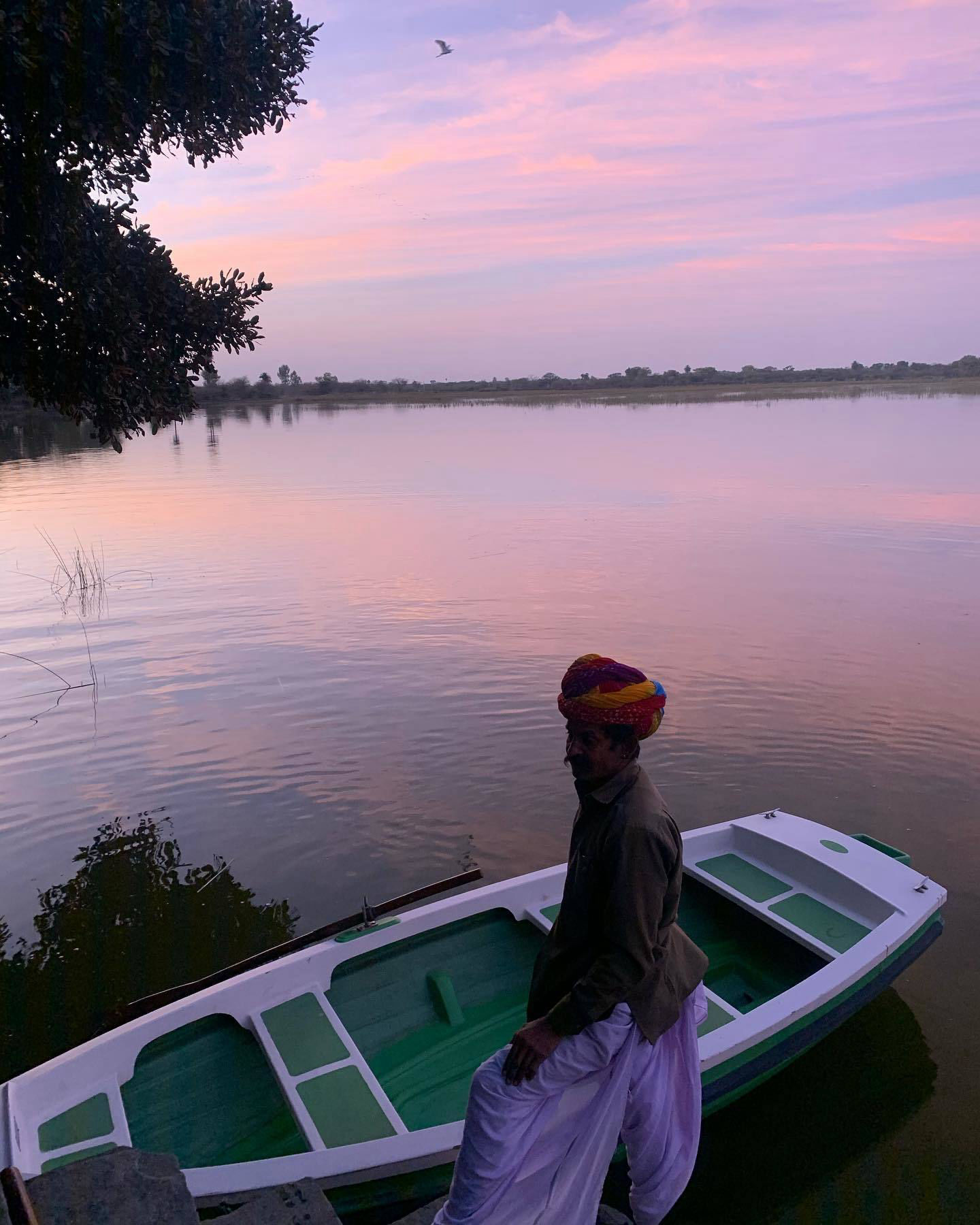
Depart Shahpura Bagh and drive 100 miles in 3 hours to Deogarh. Situated on the borders of the princely states of Mewar, Marwar and Merwara, Deogarh is renowned as a school of miniature painting. Frescoes of this art form can also be seen on the fort walls. Arrive Deogarh and check-in to Deogarh Mahal. Built in 1670 by Rawat Dwarka Dasji as a family residence, this imposing structure stands atop a hill and offers a commanding view of the Aravali mountain range and numerous lakes strewn across the countryside. Afternoon is at leisure to explore the palace. In the evening exchange views with the family and other guests while sitting around campfires and watching the local artisans perform. Tribal dances, jungle lore, barbeque meals and fireworks display are organized by the hosts to make your stay a memorable one.
Deogarh Mahal

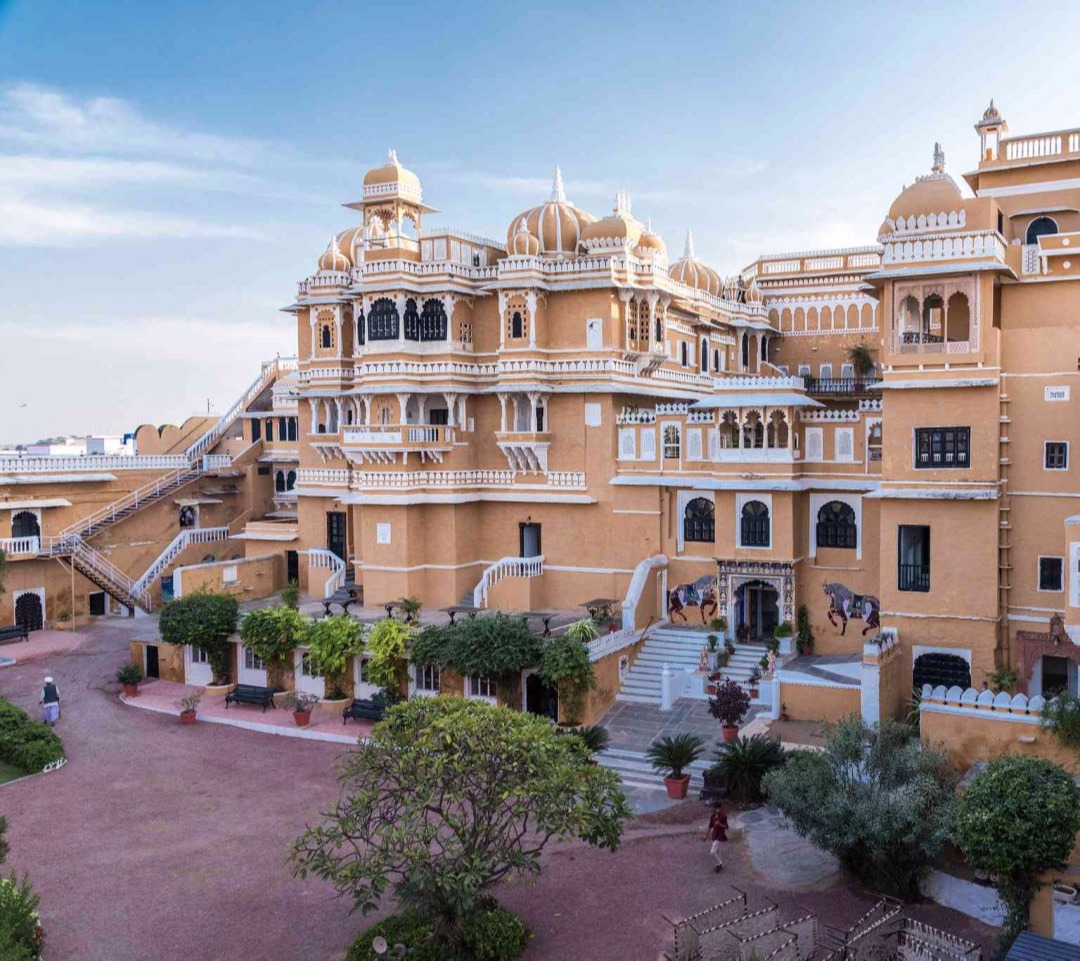
In the morning enjoy a joyride on the local meter-gauge train down a hill with bridges and tunnels. Standing high on a plateau of the Aravali hills, Deogarh Mahal offers commanding views of the villages around, lakes and hills in the distance. In the afternoon walk through the colorful and bustling merchandising village with villagers buying and selling their wares. Further walk along the lake, past the family cenotaphs to the ruins of the old city. You may also wish to explore the countryside on horseback with horses from the hotel stable, on the mountain bicycle or by taking the rural Ramble ride – a drive through the country organized by the hotel, in one of their vintage vehicles.

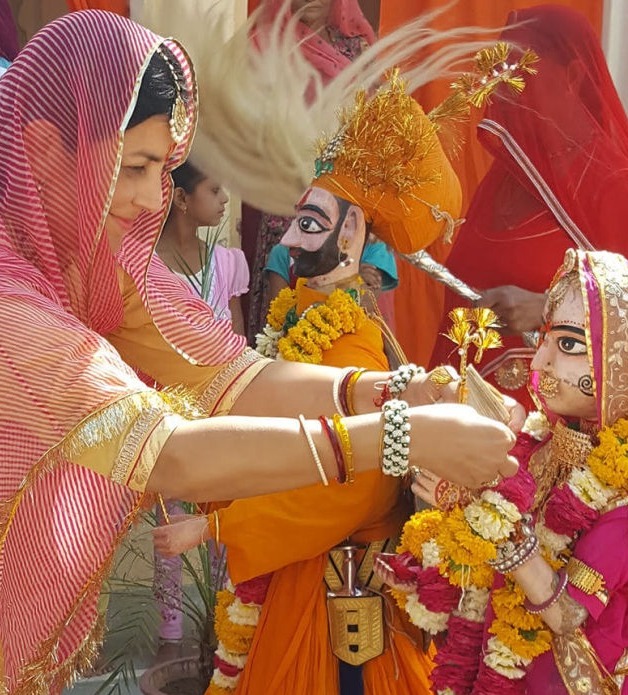
Drive 3 hours through scattered villages to Mihir Garh or the sun's fortress, one of India's first luxury edge-of-desert resorts. Build in 2009 A.D, the luxurious Mihir Garh exudes a dream-like quality, a tranquil land filled with untold stories. It has a mysterious air of the celebrated past combined with the contemporary. It offers more than 1700 square feet of private space, including private terraces to sleep under the stars, plunge pools and private courtyards. It lavishly captures the essence of the exquisiteness of Marwar and creates a milieu conducive to the conception of dreams. Mihir Garh offers an unparalleled insight into Rajasthan's vivid and colorful rural heritage by showcasing the prevalent Bishnoi Tribal culture. In the afternoon enjoy a jeep safari to the Bishnoi villages where you will meet with tribesmen dedicated to the preservation of their natural habitat and social customs. They have protected nature for more than 500 years and are responsible for the very survival of species like the rare protected Black Buck antelope. Also meet the Raikas shepherds with their glorious costumes, the Paliwal farmers and the Meghwal Brahmin weavers.
Mihir Garh

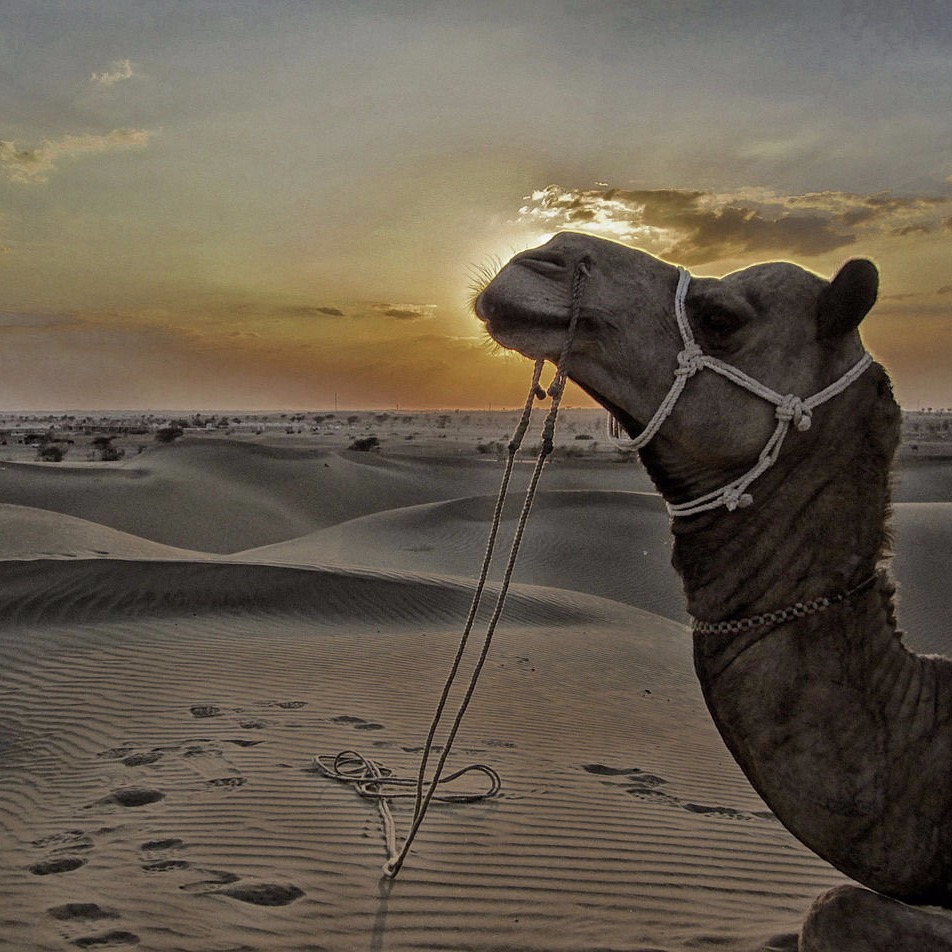
Depart Mihir Garh and journey overland 145 miles in 5 hours to Jaisalmer, the westernmost town of Rajasthan on the fringes of the Thar Desert. This historic city was founded in the 12th century and was once a flourishing trade centre, strategically located on the busy caravan trade route to Afghanistan and Central Asia. Its earlier rulers grew rich by looting gems, silk and opium from the caravans, but by the 16th century Jaisalmer had become a peaceful town, whose wealthy traders built splendid palaces and havelis. Arrive Jaisalmer and check-in to Suryagarh - luxury boutique hotel. It's creation has been a labor of love enabled by local craftsman, indigenous materials and centuries of architectural expertise. This structural marvel is built from the ubiquitous yellow sandstone, a mainstay of Rajasthan. The fortified walls, delicately latticed window screens, age-old accents and resplendent furnishings make Suryagarh an amalgam of style, design and comfort.
Suryagarh

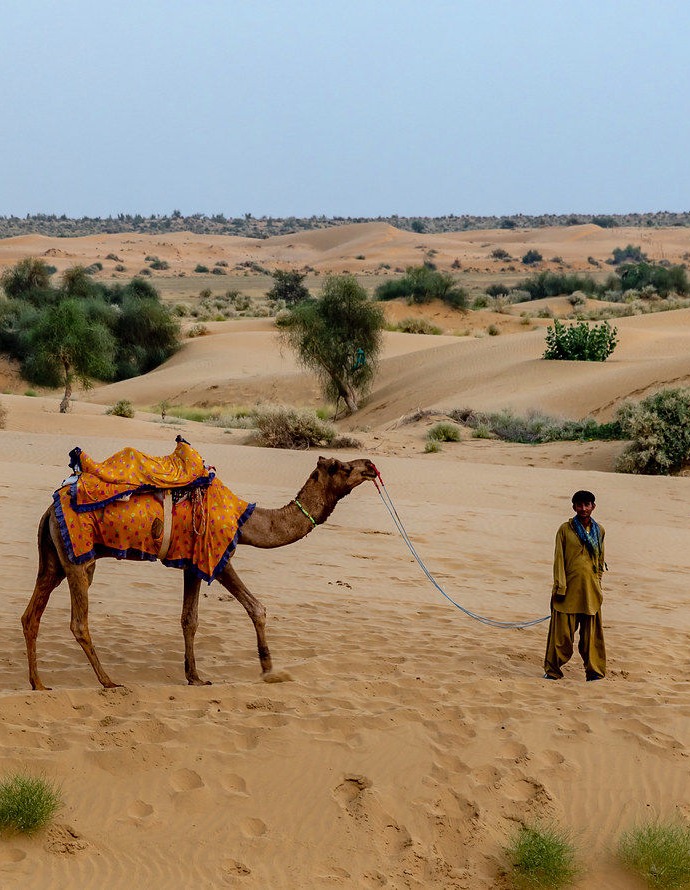
Enjoy sightseeing this morning visiting Gadisagar Lake, a rainwater reservoir built in 1367, which was once Jaisalmer's sole source of water. The lake shore is lined with ghats and temples made of local golden-yellow sandstone with a beautiful gateway leading to the waters. Continue to visit Jaisalmer Fort which rises like a fabulous mirage out of the sands of the Thar Desert, the awesome contours of its 99 bastions softened by the golden hue of the stone. Built in 12th century by Maharawal Jaisal and added to by his successors, this citadel stands on the peak of the 263 feet high Trikuta Hill. In medieval times, Jaisalmer's entire population lived within the fort and even now, thousands of people reside here, making it India's only living fort. Royal palaces, a cluster of Jain temples and delicately sculpted Havelis are all contained within its walls. Jaisalmer havelis were built in the 19th century by the town's merchants and ministers and are the most spectacular examples of the Rajasthani stonemason's art. The havelis of Salim Singh, Nathmalji and Patwon are the finest examples of this type of architecture, their golden stone facades so finely carved that they could be made of lace. In the afternoon drive 9 miles northwest of Jaisalmer to visit some of the beautifully carved Jain temples at Lodruva. These temples are the only remains of a once flourishing Marwar capital. The day ends in the sand dunes of Sam at sunset where rippling sand dunes stretch as far as one's eye can see.


After a leisurely breakfast drive 190 miles to Bikaner, an oasis town among scrub and sand dunes. Along with Jodhpur and Jaisalmer, Bikaner was one of the three great desert Kingdoms of Rajasthan which prospered because of its strategic location on the overland caravan trade route to Central Asia and China. This town takes its name from Rao Bika who setup his independent kingdom in 1486. Arrive Bikaner and check-in to Laxmi Niwas Palace, commissioned by His Highness Sir Ganga Singh Ji in 1904 to provide employment to the people and also to create a stately residence worthy of the royal house of Bikaner. His Highness was a man of impeccable taste and supervised the artists, masons and builders personally in their endeavours. Many of the friezes on the palace’s walls, the geometrically perfect symmetry of its outlay, the ornate filigree work and latticed screens may all be attributed to his artistic vision and temperament.
Laxmi Niwas Palace


Today visit the Junagarh Fort and museum. This fort was built by Maharaja Rai Singh in 1588. Rai Singh held high rank in the imperial courts of Mughal Emperor Akbar and Jehangir. During his imperial service he travelled extensively, giving him an appreciation of art and architecture. These ideas have been incorporated meticulously into the architectural style of Junagarh Fort. Later visit the Karni Mata temple at Deshnoke. This 17th century Karni Mata temple with massive silver gates and beautiful white marble carvings on the façade is dedicated to a 15th century female mystic Karniji, revered as an incarnation of Goddess Durga. Mice and rats revered and fed with sweets and milk in the belief that they are incarnated saints.

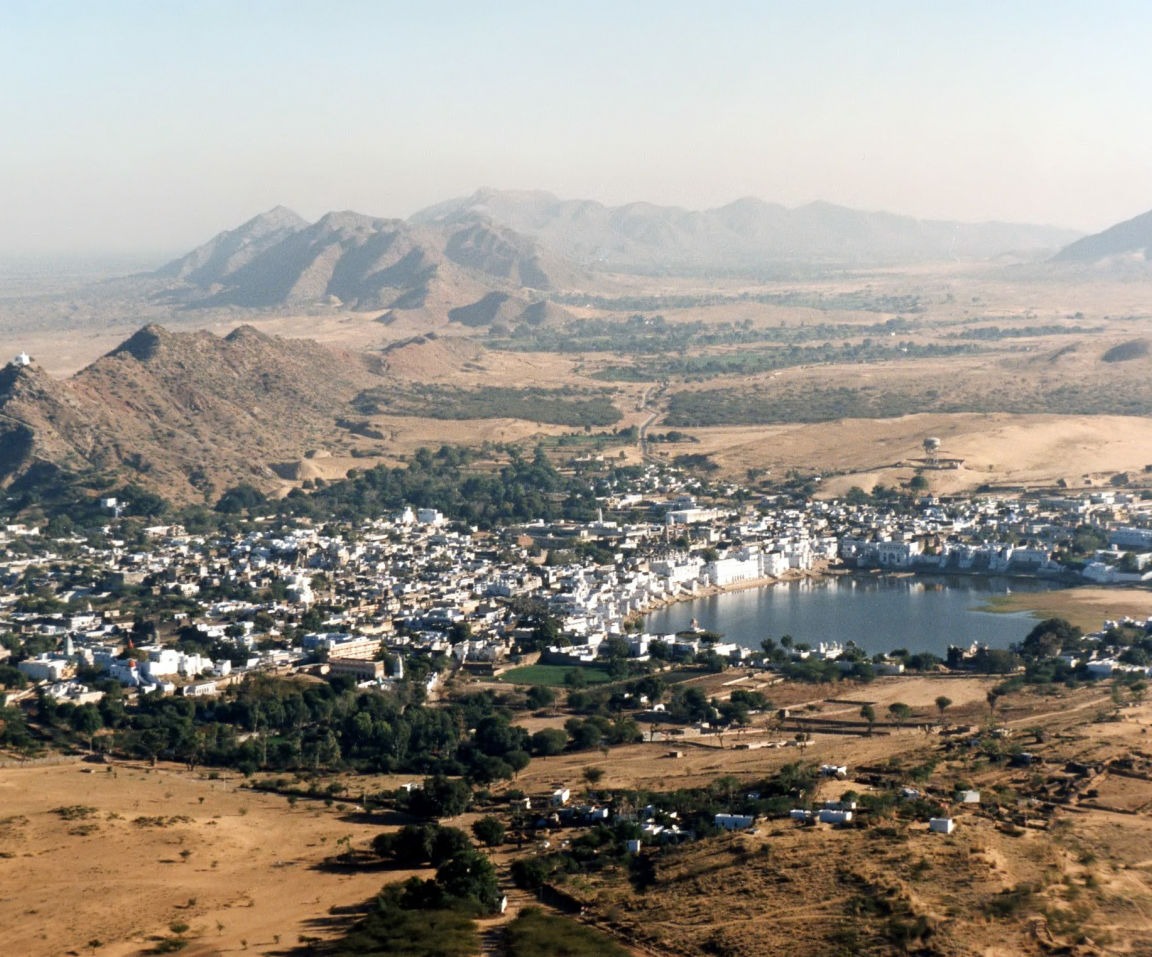
After breakfast drive 155 miles to Pushkar. En route, visit Nagaur that preserves some of the finest examples of pre-Mughal and Mughal architecture. The dull stretch of desert is enlivened by Nagaur's fort palace, temples and havelis. Ahhichatragarh Fort which dominates the area contains palaces of the Mughal emperors and of the Marwars. The fort also has excellent wall paintings and interesting ancient systems of rainwater conservation and storage. After possible lunch at Nagaur, continue drive to Pushkar. Arrive Pushkar and check-in to the Pushkar Palace, built by the Maharaja of Kishangarh some 400 years ago.
Pushkar Palace

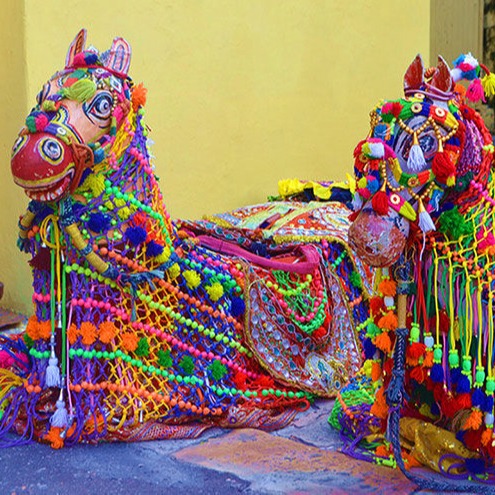
A peaceful pilgrim town of lakes and temples, Pushkar derives its name from pushpa (flower) and kar (hand) after a legend that claims its lakes were created from the petals that fell from the divine hands of Brahma, the Creator. Fa Hien, the Chinese traveller who visited Pushkar in the 5th century, commented on the number of pilgrims and temples in Pushkar. The Brahma temple at the far end of the sacred Pushkar Lake is a particularly holy shrine and draws pilgrims through the year. There are over 400 temples and 52 Ghats around the sacred lake. Ghats lead down to the water and enable pilgrims to bathe. Of the 52 ghats Brahma Ghat, Gan Ghat and Varah Ghat are the most sacred. In the morning visit the Pushkar Lake, ghats and temples. In the afternoon explore the vibrant and colorful markets of Pushkar selling typical tourist and pilgrim knick-knacks.

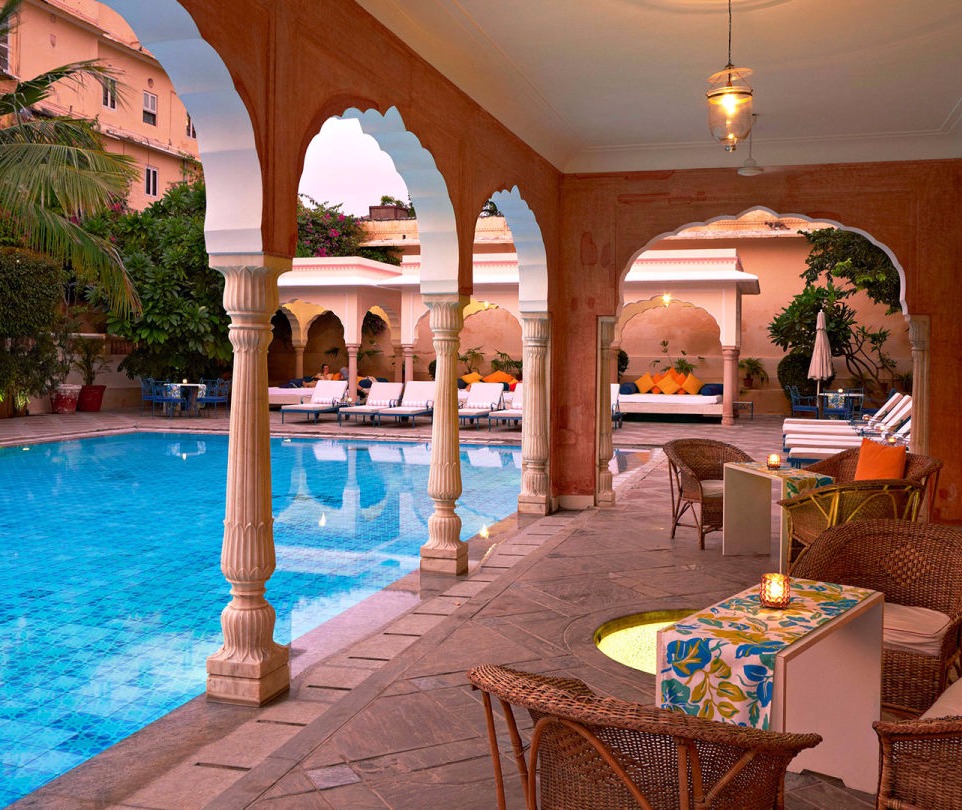
After breakfast drive 125 miles in 4 hours to Samode. The village of Samode with its local artisans producing printed cloth and glass bangles nestles picturesquely within in the dry rugged hills of the northern Aravali. Arrive Samode and check-in to the magnificent Samode Palace. In the afternoon explore the countryside and the impeccably restored eighteenth-century Samode Palace, fabulously decorated with 300 year old fine Sekhawati style wall paintings, one of India's most charming hotels. Around the first floor of the Darbar Hall are magnificent alcoves decorated with mirrors and jali screens through which the royal ladies would have looked down into the grand jewel-like Darbar Hall.
Samode Palace

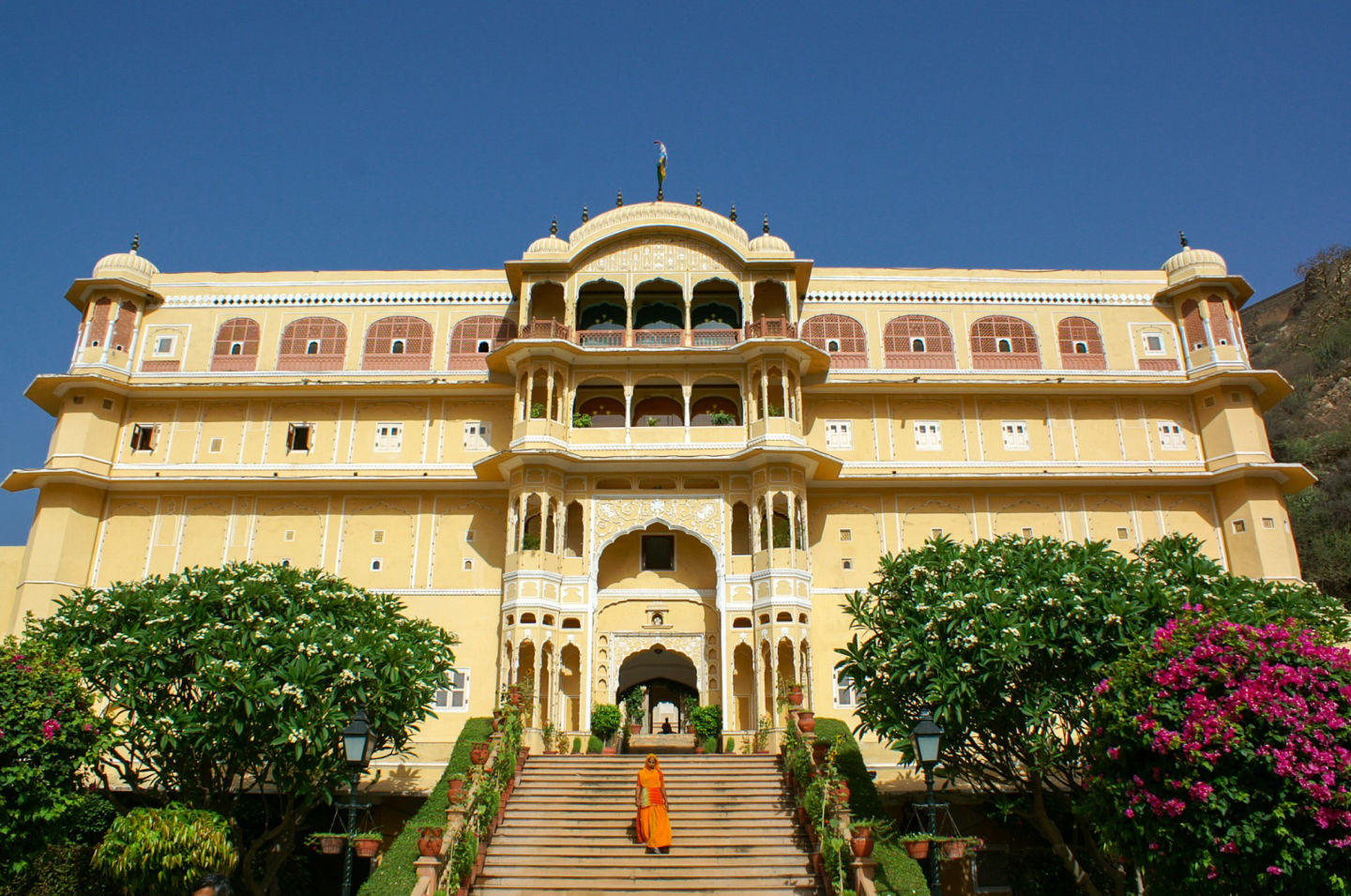
After a leisurely morning travel overland to Delhi and check-in to Trident Gurgaon where day-use room is reserved. Set in an expanse of 7 beautifully landscaped acres, Trident Gurgaon has an imposing yet serene presence, a resort like ambience. It is characterized by domes, long corridors and walkways, inner courtyards, reflection pools and fountains.
Trident Gurgaon
After dinner, transfer to the international departure terminal T3 in time to board your homebound flight with colorful memories that will add untold pleasure to last for a lifetime.
